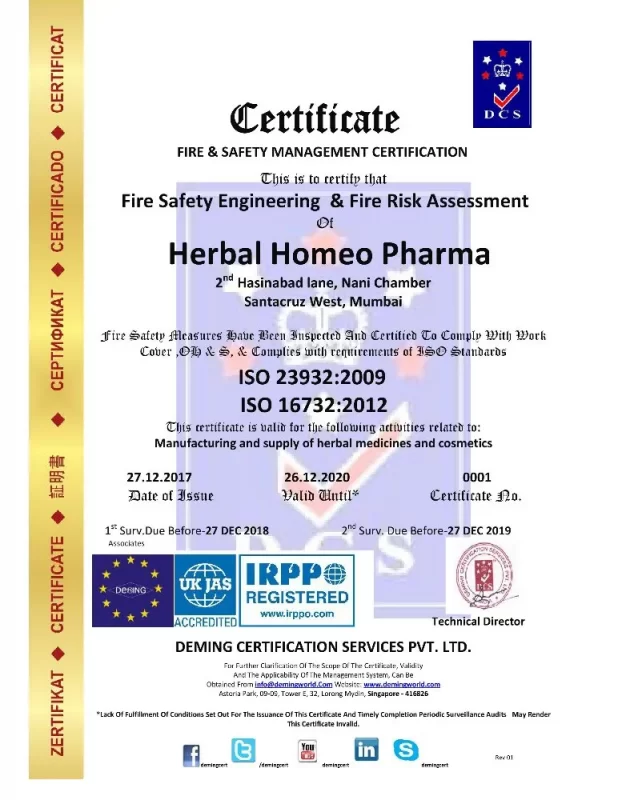ISO 21101:2014 Adventure tourism safety management, Uncategorized
ISO 21101:2014 Adventure tourism safety management
Courtesy: ISO 21101:2014 Adventure tourism safety management
ISO 21101:2014 outlines the requirements of a safety management system for adventure tourism activity providers.
A provider can use ISO 21101:2014 for the following:

- to enhance safety performance;
- to meet expectations for participant and staff safety;
- to demonstrate safe practice;
- to support compliance with applicable legal requirements.
ISO 21101:2014 can be used by all types and sizes of providers, operating in different geographic, cultural and social environments.
A safety management system (SMS) is designed to manage safety risk in the workplace, occupational safety being defined as the reduction of risk to a level that is as low as is reasonably practicable or ALARP to prevent people getting hurt.

A SMS provides a systematic way to continuously identify and monitor hazards and control risks while maintaining assurance that these risk controls are effective. SMS can be defined as:a businesslike approach to safety. It is a systematic, explicit and comprehensive process for managing safety risks. As with all management systems, a safety management system provides for goal setting, planning, and measuring performance. A safety management system is woven into the fabric of an organization. It becomes part of the culture, the way people do their jobs.

